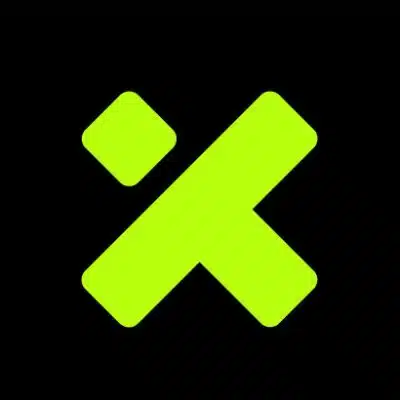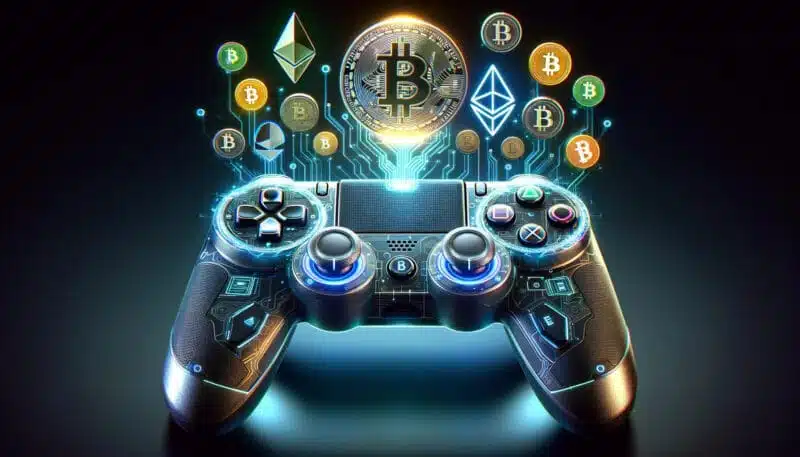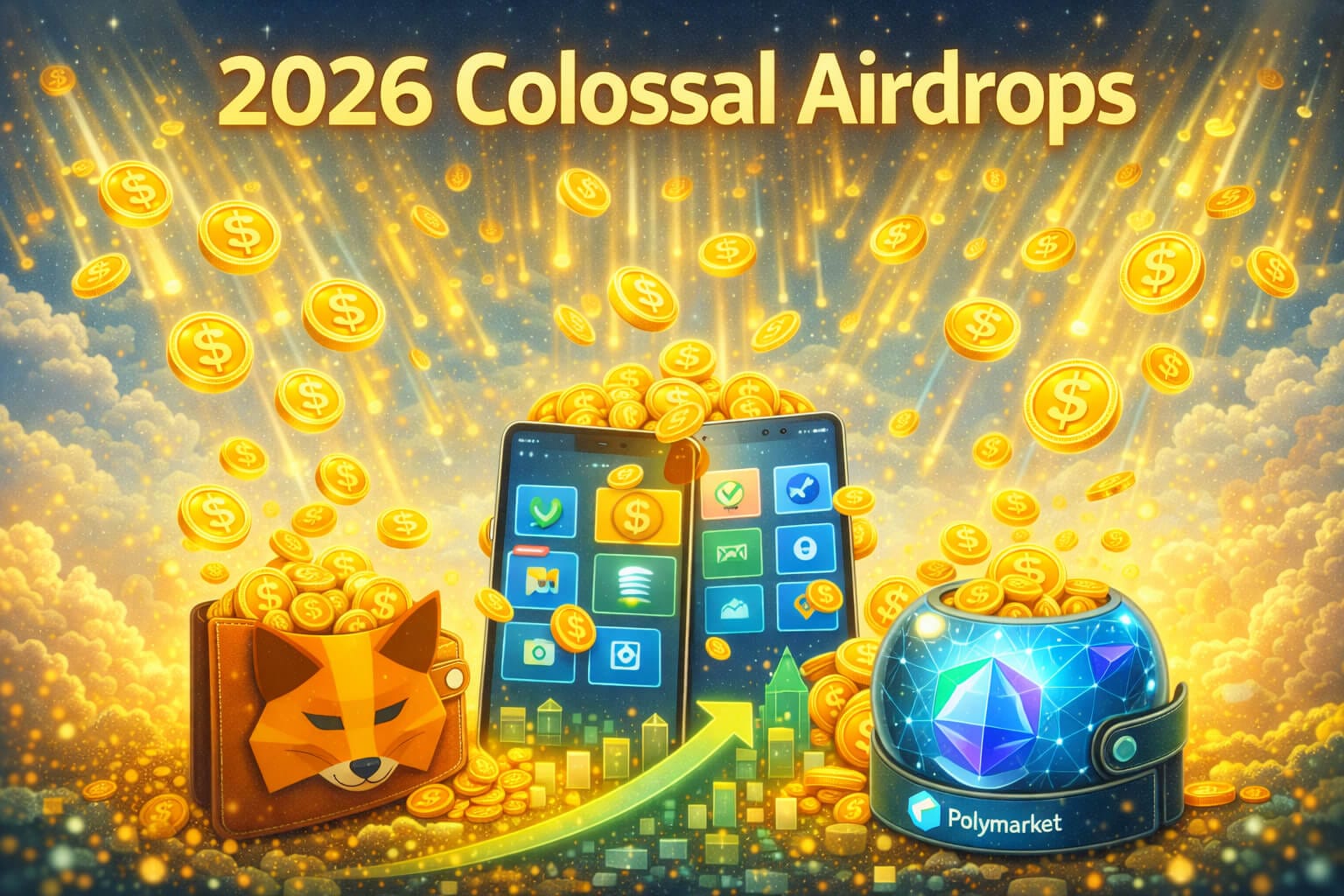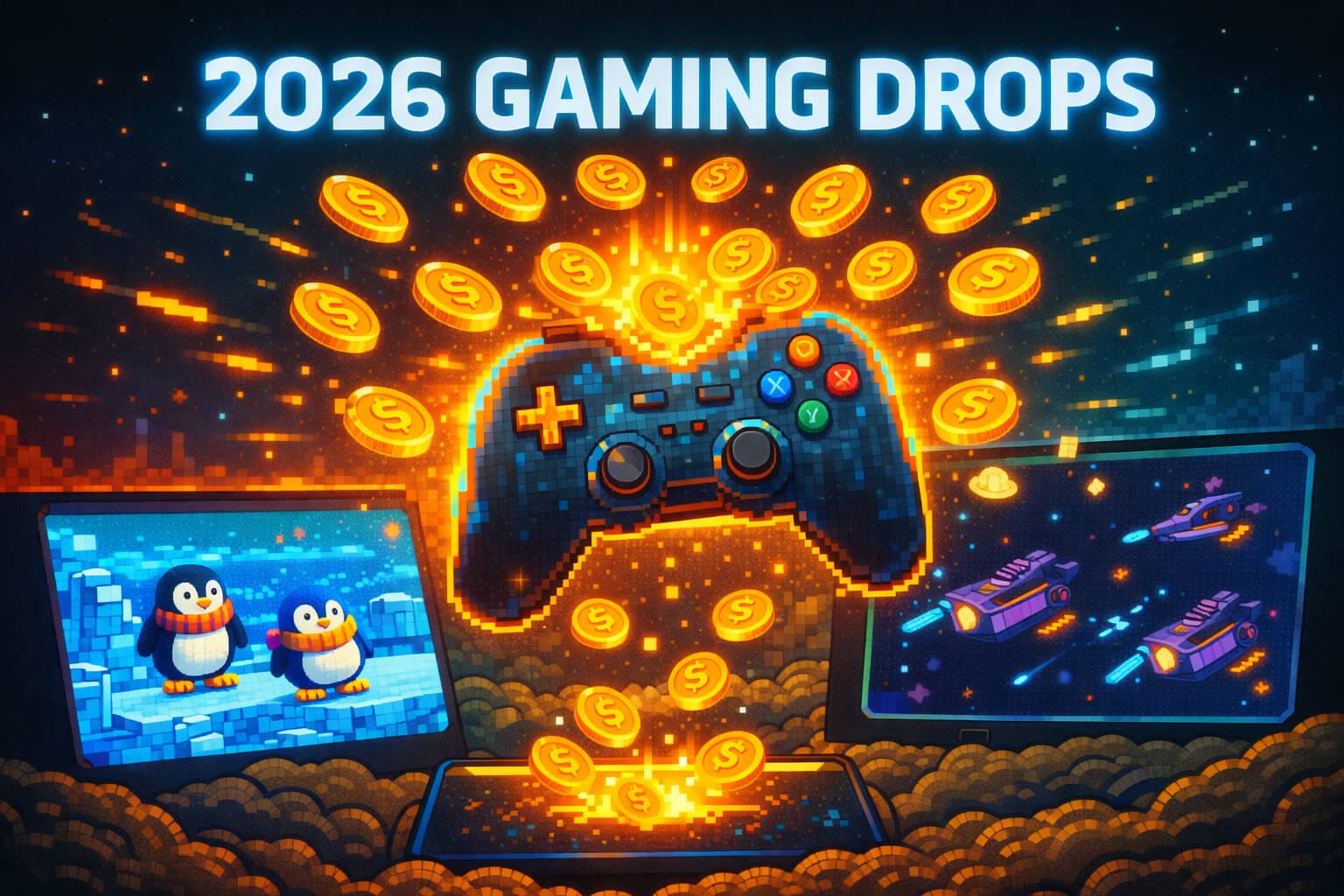1. Introduction: The Rise of Play-to-Earn Games
Play-to-Earn (P2E) games have drastically changed the gaming landscape over the past few years, transforming gaming from a simple leisure activity into a lucrative venture. These games allow players to earn real-world value through gameplay, often in the form of cryptocurrency or NFTs (non-fungible tokens). What started as a niche market has quickly expanded into a significant sector of the gaming industry. By 2024, Play-to-Earn games have evolved even further, integrating new technologies, economic models, and user experiences that continue to reshape how we perceive and interact with digital gaming.
Why 2024 is a Pivotal Year for P2E Games
The Play-to-Earn model has gained mainstream attention, attracting a broader audience and significant investment. In 2024, several key trends and developments are driving this evolution, from enhanced blockchain technology to more sophisticated gaming ecosystems.
2. The Evolution of Play-to-Earn Games: Key Trends in 2024
2.1 Integration of Advanced Blockchain Technology
Blockchain technology lies at the heart of Play-to-Earn games, enabling secure transactions, ownership of in-game assets, and decentralized economies. In 2024, we’re seeing even more advanced blockchain integration, with many P2E games adopting Layer 2 solutions to enhance scalability and reduce transaction costs. These improvements are making P2E games more accessible and efficient for a global audience.
- Layer 2 Solutions:
- These technologies help alleviate the scalability issues faced by many blockchain networks, allowing for faster and cheaper transactions. This is crucial for P2E games, where microtransactions are frequent.
- Cross-Chain Compatibility:
- More P2E games are implementing cross-chain compatibility, allowing assets to move seamlessly across different blockchain networks. This increases the liquidity and value of in-game assets, making them more appealing to players.
2.2 Expansion of Metaverse Integration
The concept of the metaverse has become increasingly intertwined with Play-to-Earn games. In 2024, P2E games are not just standalone experiences; they are part of larger metaverse ecosystems where players can interact, trade, and collaborate across various platforms.
- Interconnected Worlds:
- P2E games are evolving to become interconnected within larger metaverse spaces, allowing players to move assets and identities between games seamlessly.
- Virtual Economies:
- The metaverse provides a framework for creating complex virtual economies where players can earn, spend, and invest in digital assets. P2E games are at the forefront of this economic transformation, offering new opportunities for income and value creation.
2.3 Gamification of Real-World Activities
In 2024, the lines between gaming and real life are blurring as Play-to-Earn games incorporate elements of real-world activities. This gamification of everyday tasks, like exercise or learning, allows players to earn rewards for activities they might already do, further broadening the appeal of P2E games.
- Move-to-Earn Games:
- Games that reward physical activity, such as walking or exercising, are gaining popularity. These games incentivize healthy habits while allowing users to earn cryptocurrency or NFTs.
- Learn-to-Earn Platforms:
- Educational platforms that incorporate P2E mechanics are emerging, rewarding users with tokens for completing courses or learning new skills.
2.4 Enhanced User Experience and Graphics
As Play-to-Earn games attract a broader audience, developers are focusing more on delivering high-quality graphics and user experiences. The early days of P2E games often featured simple, 2D graphics, but in 2024, we’re seeing a shift toward more immersive, visually stunning environments.
- AAA Quality Games:
- High-budget P2E games with AAA-quality graphics are becoming more common, appealing to traditional gamers and enhancing the overall gaming experience.
- Immersive Gameplay:
- P2E games are incorporating virtual reality (VR) and augmented reality (AR) to create more immersive gameplay experiences. This trend is expected to grow as VR and AR technology become more accessible.
2.5 Increased Regulation and Security
With the rapid growth of Play-to-Earn games, there has been a corresponding increase in regulatory scrutiny. Governments and regulatory bodies are starting to establish frameworks to protect players and ensure that P2E games operate transparently and fairly.
- Regulatory Frameworks:
- Countries are developing regulations to oversee the Play-to-Earn sector, focusing on issues such as taxation, anti-money laundering (AML), and consumer protection.
- Enhanced Security Measures:
- To protect players’ investments and personal data, P2E platforms are implementing stronger security protocols, including multi-factor authentication, smart contract audits, and decentralized identity verification.
3. The Impact of Play-to-Earn Games on the Gaming Industry
The evolution of Play-to-Earn games in 2024 is not just transforming the gaming landscape; it’s also influencing broader industry trends and business models.

3.1 New Revenue Models for Game Developers
P2E games have introduced new revenue streams for developers beyond the traditional sale of games and in-game purchases. By allowing players to own and trade in-game assets, developers can create ongoing revenue opportunities through transaction fees, royalties, and token economies.
3.2 Empowering Players as Stakeholders
In the Play-to-Earn model, players are not just consumers; they are stakeholders with a vested interest in the game’s success. This shift empowers players, giving them a voice in game development and a share in the financial success of the game.
3.3 Democratizing Game Development
The decentralized nature of Play-to-Earn games is also democratizing game development. Independent developers and small studios can now access global markets and compete with larger companies by creating unique, engaging P2E experiences.
4. Challenges Facing Play-to-Earn Games in 2024
Despite their growth, Play-to-Earn games face several challenges that could impact their future development.
4.1 Sustainability of Economic Models
The sustainability of P2E game economies remains a concern. Some P2E games have struggled to maintain value for their in-game assets, leading to player dissatisfaction and market volatility.
4.2 Player Retention
Keeping players engaged over the long term is a challenge for many P2E games. Developers need to continuously innovate and provide fresh content to retain players and maintain active communities.
4.3 Regulatory Compliance
Navigating the evolving regulatory landscape is another challenge for P2E games. Developers must stay informed about regulatory changes and ensure their platforms comply with new laws and guidelines.
Conclusion: The Future of Play-to-Earn Games
The evolution of Play-to-Earn games in 2024 marks a new era in the gaming industry. With advancements in blockchain technology, integration with the metaverse, and the gamification of real-world activities, P2E games are poised to become a mainstream form of entertainment and income generation. However, challenges such as economic sustainability, player retention, and regulatory compliance will need to be addressed as the industry continues to grow. As we move forward, Play-to-Earn games will likely continue to innovate and expand, offering new opportunities for players, developers, and investors alike.
For more insights and detailed guides on gaming and blockchain trends, explore our Gaming and Blockchain Trends section.
Stay Updated
For the latest updates on Play-to-Earn games and industry trends, follow us on:
Stay informed with the latest strategies and insights in the world of gaming and blockchain at FreeCoins24.io.
Special Offer
Looking to start earning with Play-to-Earn games? Sign up on Bybit today and take advantage of up to $30,000 in deposit bonuses. Begin your journey in the evolving world of P2E gaming with confidence.

















